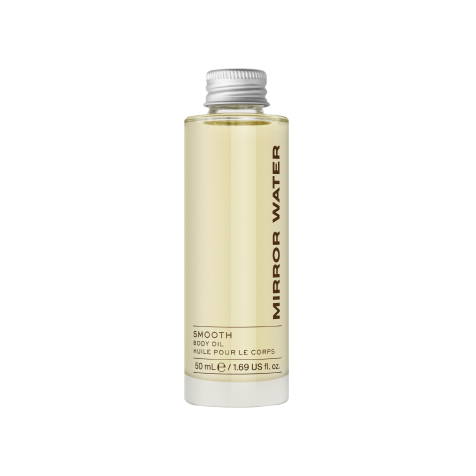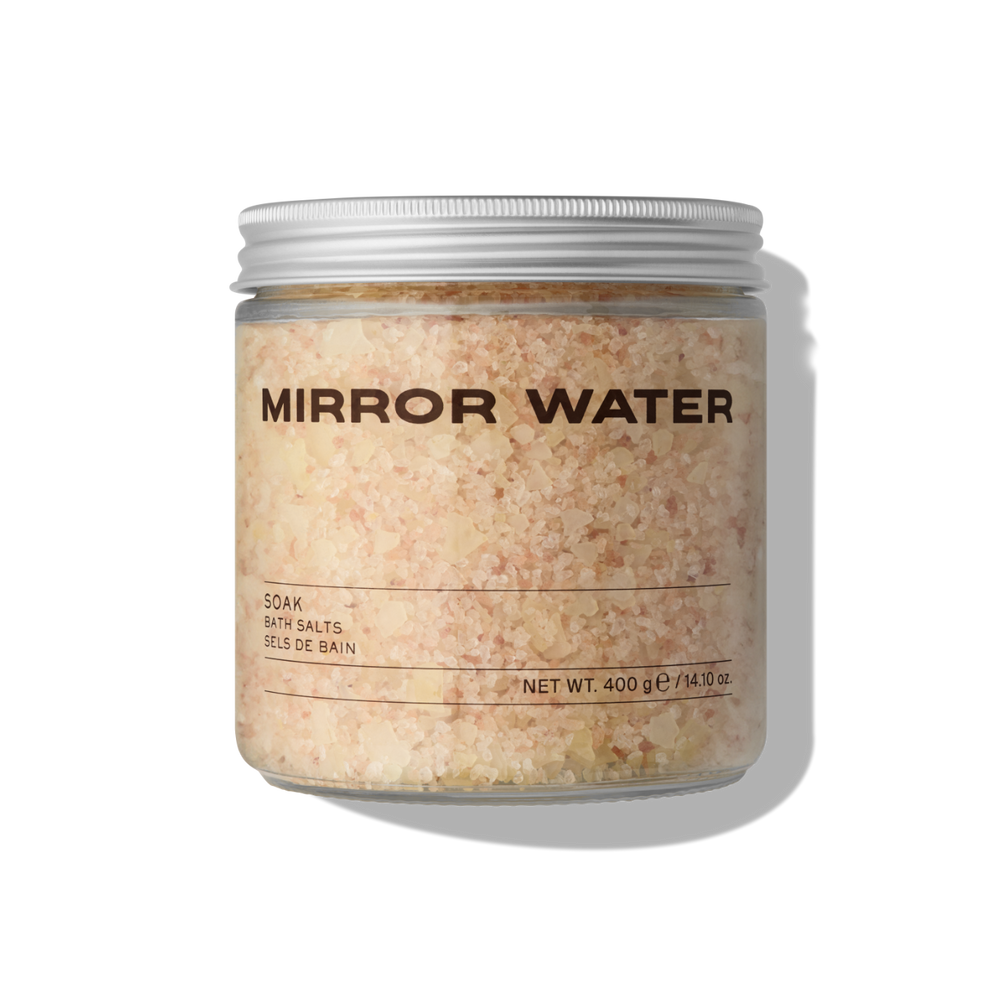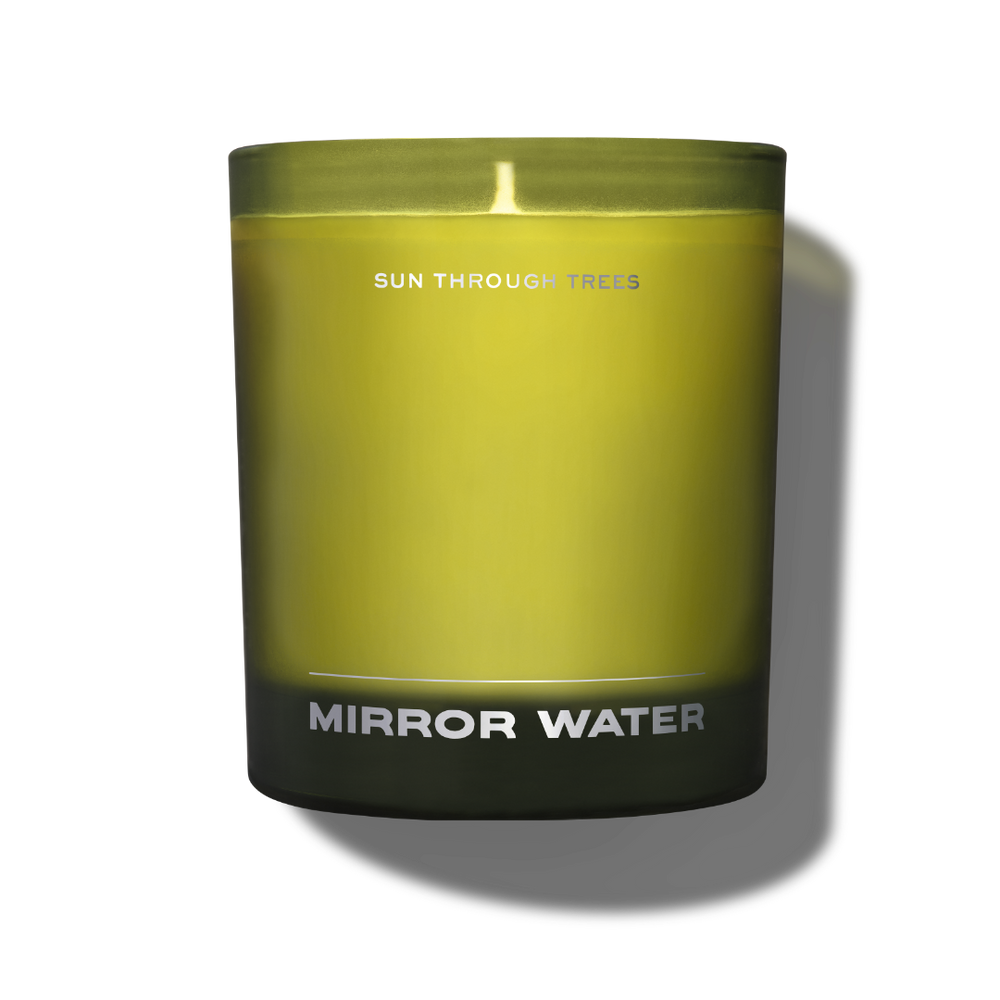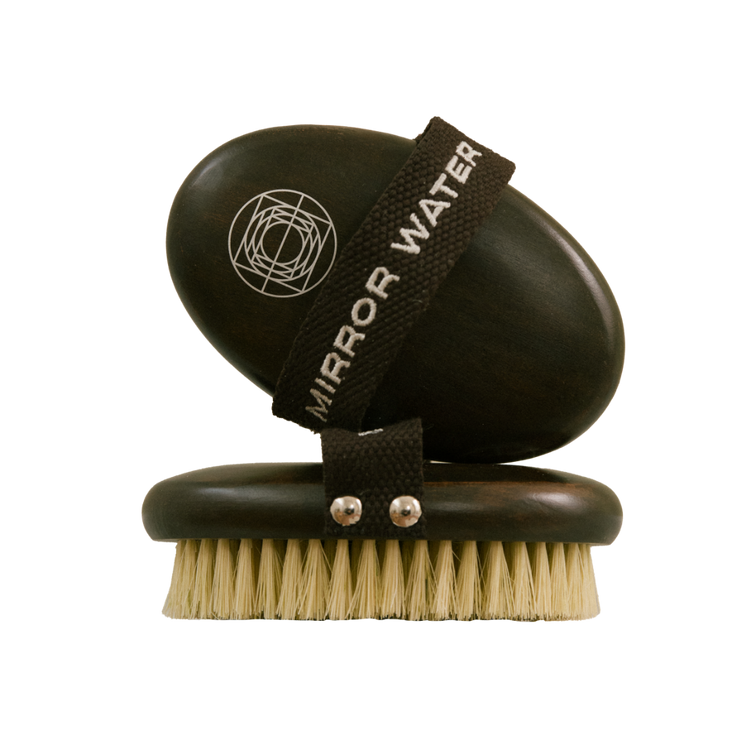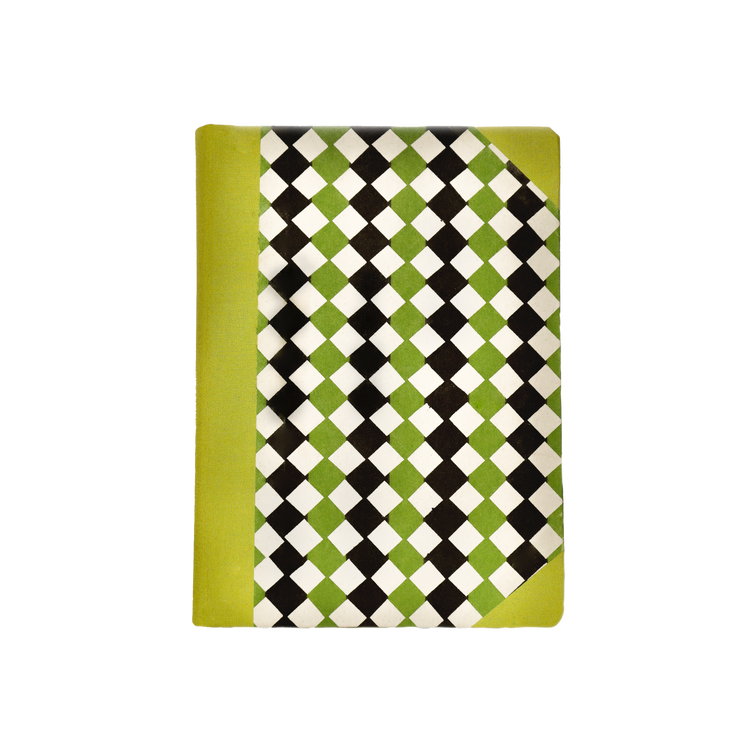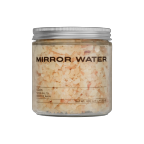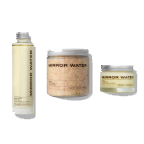
MIRROR WATER Deep Dive Bathing History: Russian Banya
At MIRROR WATER we believe that bathing is an enjoyable and beneficial tool in your personal arsenal of wellbeing rituals. Bathing is a treat for your skin, your muscles and your mind. But there isn’t only one way to bathe—bathing has been a central feature of human life for thousands of years and different practices have developed around the world to address various concerns and to make use of local ingredients. In this series, we learn from different cultures and eras by conducting a deep dive into different types of bathing. For our first pieces we looked at thalassotherapy, floral bathing, and Japanese onsen, and for this piece we are delving into Russian banya.
We knew we had to include banya in our bathing series because Russian banya, or sauna, is among the hottest bathing practices in the world, with steam rooms that are often heated to 95 degrees and above. Banya involves oscillating between a hot steam room and a cooling area. Banya is considered an integral part of Russian culture; banyas are common in both cities and rural areas and have historically been used by higher and lower social classes. There are public and private banyas to facilitate the practice, which has existed in Russian life since at least 900 AD.


First up is the first sweat; this is the name for the primary stage of the banya experience. Upon entering the steam room that is heated by a wooden stove, the bather either sits on a small mat on the floor or on a wooden bench, often laid out in two levels like many modern saunas. The mats are used because occasionally the wood and nails in benches can become too hot for direct contact. Wool or felt hats are recommended to protect the head and the hair from the extreme heat of the steam room. During this stage, it is common to sweat profusely.
According to Slavic mythology, the sweat room is presided over by a spirit called Bannik, who is pictured as a tiny old man. The third or fourth sweat period (designated by the amount of times that the sauna stones have water added to increase the steam) is supposed to be reserved for Bannik out of respect, and it is said that he will throw boiling water over anyone who disturbs him.
Venik are often used during the first sweat; branches made from birch, oak or eucalyptus which are beaten against the skin as a form of massage. They are said to help with circulation and to transfer the heat from the steam room into the body. Fresh or dried branches are used, but dried branches must be soaked in hot water first. Different branches are associated with different properties; birch is very common and is said to help with injuries and even bronchitis. Oak is recommended for those who sweat the most during the first stage as it is said to help with blood pressure. Eucalyptus is used for its invigorating benefits to help with cold symptoms such as a runny nose or sore throat.
A tip for the sweat room: look out if someone picks up a venik or a towel; they are likely about to swing it above their head in a ritual that involves adding more water to the sauna stones and whirling the venik to increase the humidity and overall temperature in the room. Being beaten or massaged with the venik is part of the banya experience, but only when experienced intentionally rather than being in the wrong place at the wrong time during this practice!


Next is the cooling period, where people convene in rooms near the main steam room. There are also more extreme cooling methods, such as jumping into a cold plunge pool or even rolling in snow. It is common to play games, share food, and chat while cooling down, and people will often have a beer together. Tea is recommended more than water or beer, though, because the temperature of the tea won’t be a shock to your increased body temperature, though it is highly recommended to rehydrate after the banya experience.
We hope you enjoyed learning about Russian banya. If you have ever tried it, or if there is another type of bathing that you would like to see us explore, get in touch @mirrorwater.earth on Instagram.
